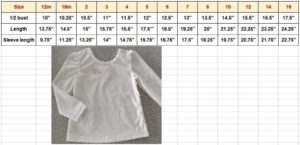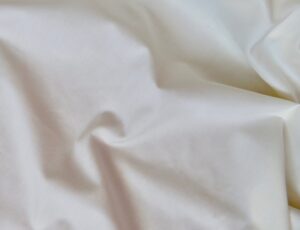How to Dye Tencel and Chenille at Home
In the world of fashion and sewing, fabric compatibility is crucial for creating beautiful and durable garments. Tencel and chenille, two popular materials, offer unique qualities and challenges when combined. In this article, you’ll learn how to dye these fabrics at home, ensuring vibrant results and fabric harmony.
Compatibility Analysis
YES, Tencel and chenille can be dyed together, but with caution. Tencel, a sustainable fabric made from wood pulp, absorbs dye well, resulting in vibrant colors. Chenille, known for its plush texture, can also take dye, but its absorbent nature requires more attention. Key factors include texture, weight, stretch, care requirements, and durability. Tencel’s smooth, lightweight nature contrasts with chenille’s thick, textured feel, but they can complement each other in the right project.
Fabric Properties Comparison Table
| Property | Tencel | Chenille |
|---|---|---|
| Fiber Content | Natural (cellulose) | Natural/Synthetic |
| Weight and Thickness | Light to medium | Medium to heavy |
| Breathability | High | Moderate |
| Stretch and Elasticity | Low | Low to moderate |
| Wrinkle Resistance | High | Moderate |
| Care Instructions | Machine wash cold | Hand wash or gentle cycle |
| Durability | High | Moderate |
Benefits of Mixing These Fabrics
Combining Tencel and chenille enhances texture and visual interest, offering a unique blend of smooth and plush surfaces. This pairing improves comfort and performance, as Tencel’s breathability complements chenille’s warmth. The fabrics’ different weights allow for better drape and movement, making them versatile for various seasons. Additionally, this mix offers cost-effectiveness, as Tencel is often more affordable than pure chenille. The design possibilities are endless, from cozy home decor items to stylish garments.
Potential Challenges
When dyeing Tencel and chenille, be aware of different shrinkage rates and conflicting care requirements. Chenille may pill or clash in texture with Tencel, and seam puckering can occur due to their weight differences. Color bleeding or fading is a risk, especially with chenille. Practical solutions include pre-washing fabrics separately, using color catchers, and selecting dyes formulated for both materials.
Sewing & Styling Tips
When sewing Tencel and chenille together, use a universal needle size 80/12 and polyester thread for strength. Consider lightweight interfacing for Tencel and medium-weight for chenille. Finish seams with a serger or zigzag stitch to prevent fraying. Choose patterns that highlight the contrast between the fabrics, such as a Tencel bodice with chenille sleeves. Style these fabrics in fashion pieces like jackets or in home decor items like throw pillows.
Care & Maintenance Guide
Wash Tencel and chenille blends on a gentle cycle with cold water, and lay flat or hang to dry to prevent stretching. Iron Tencel on low heat and steam chenille lightly to avoid crushing its texture. For stains, treat Tencel with a gentle detergent and chenille with a mild soap solution. Long-term care involves storing items away from direct sunlight to prevent fading.
FAQ Section
-
Can you wash Tencel and chenille together?
- Yes, but use a gentle cycle and cold water to minimize damage.
-
Will Tencel shrink more than chenille?
- Tencel is less likely to shrink compared to chenille, which may contract slightly.
-
What needle size should I use for sewing these fabrics together?
- A universal needle size 80/12 works well for both Tencel and chenille.
-
Can you mix Tencel and chenille in one garment?
- Absolutely, they can create interesting texture contrasts in fashion pieces.
-
How do you prevent fabric issues when combining these fabrics?
- Pre-wash fabrics separately, use appropriate interfacing, and test dyes beforehand.
-
Is it okay to mix Tencel and chenille for upholstery?
- Yes, but ensure reinforced seams to handle the weight and stress.
-
What’s the best way to finish seams with these fabrics?
- Use a serger or zigzag stitch to prevent fraying and maintain durability.
By understanding the unique properties and care requirements of Tencel and chenille, you can successfully dye and combine these fabrics at home, creating beautiful, durable pieces that stand out. Whether you’re crafting garments or home decor, this guide provides the necessary insights for a successful project.


Leave a Reply